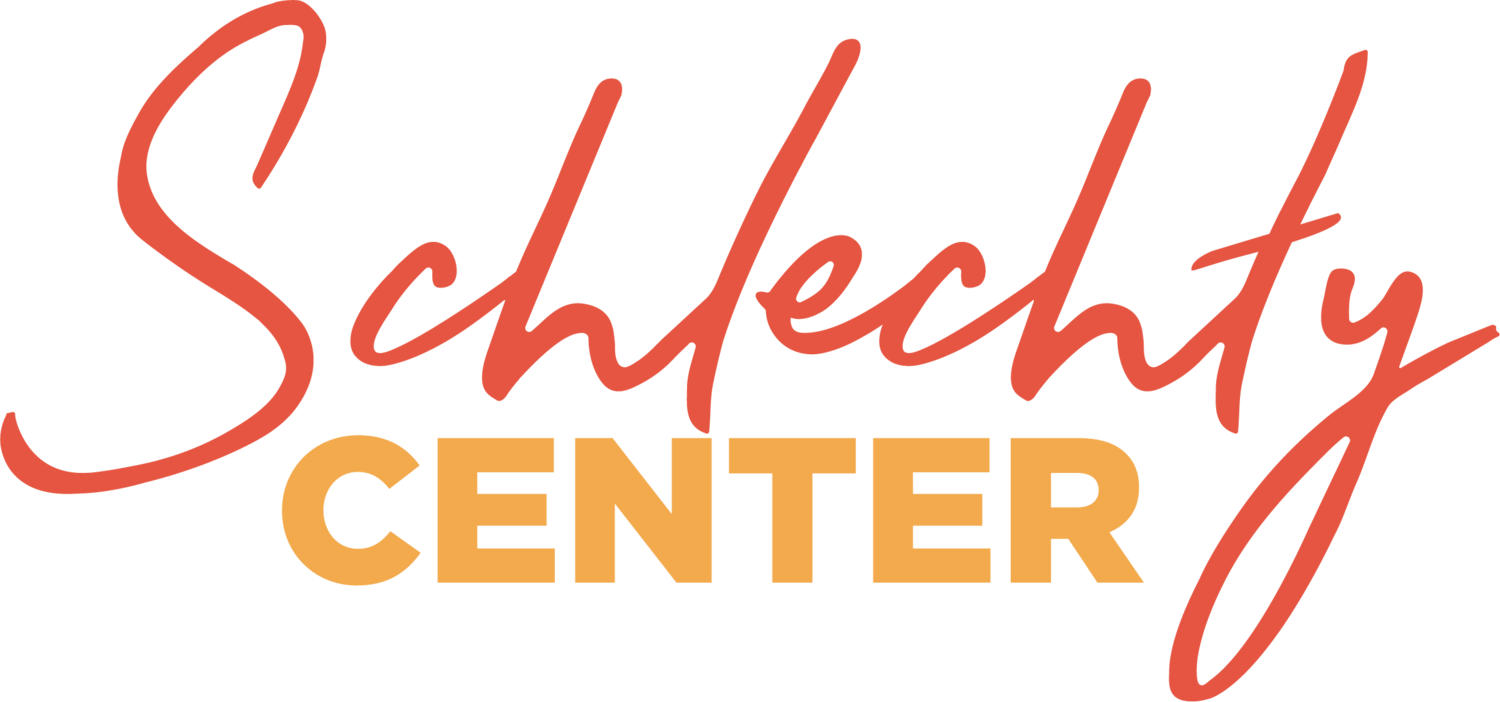At its heart and soul, the Kerbal Space Program (KSP) game is a laptop-/desktop- based space program simulator. Young players start from scratch building a rocket, adding crew, launching-failing-fixing-relaunching, returning to earth, planning and executing missions, etc. Along the way, they learn a lot of STEM content. The free demo is available here.
Watch this Seth Macy review for PC.
We downloaded the free demo. Once it was installed, we were able to play the game without an Internet connection. We would note here that while the demo is free and very satisfactory, KSP is intended as a game for purchase. There is an edu version for schools. There is a classroom package available for $330 dollars that comes with 25 seat licenses. Kerbal is quick to point out that the seat licenses go with the computer—NOT the student. So, a classroom teacher with four classes could buy one 25-seat package and use it all day. Also, and we thought this was really cool, the licenses do not expire. Buy it once and you are set.
To learn the game, we first worked through the training program. In step one we built a rocket ship. The process was accurate and called on actual science principles. First we chose a command capsule, then a fuel tank, engine, etc. We like that the process caused us to think, research, and inquire. Young students may really engage with the Novelty and Variety of the process. It is scientifically accurate. For step two we learned to pilot our rocket. We were given basic controls including throttle, pitch, yaw, and roll. We learned abut staging and specialty controls like RCS. In step three we learned to fly a spacecraft in orbit. In step four we learned about experimentation and the scientific process for our space missions. With all this training in hand, we were ready to tackle a mission.
All of this opens the doors for KSP to address a lot of Design Qualities that may lead to student engagement.
The teacher can control some content in the edu version by creating customized missions. The science principles contained inside the game will meet a lot of classroom standards and twenty-first-century thinking skills. There is nothing here that a parent would find objectionable. The content is so obviously science-based.
KSP is not a game a teacher can sit down and master in 30 minutes and then implement in the classroom. It is far too complex for that. We suggest that teachers learn right along with their students. Check out the teacher resources and, as we often recommend, find and join a cohort of fellow teachers using the game. Start with the demo package before you invest.
Kerbal Space Program is a wonderful simulation game that has a lot of potential for engagement and profound learning when matched to the needs, motives, and values of young learners. We hope you check it out!
The Engagement People
